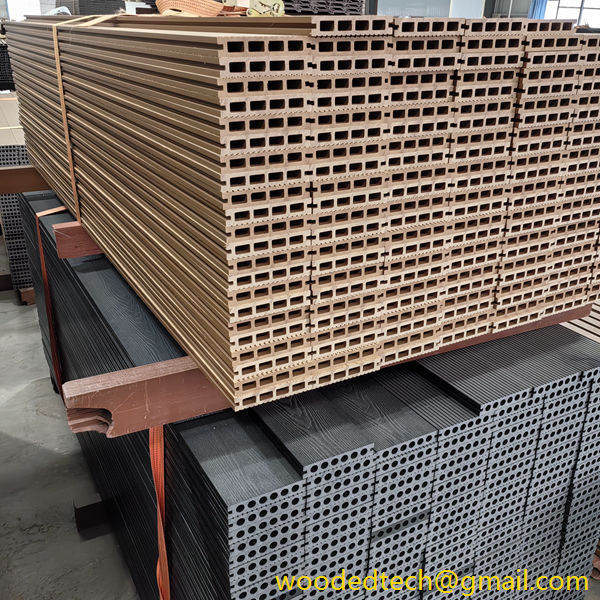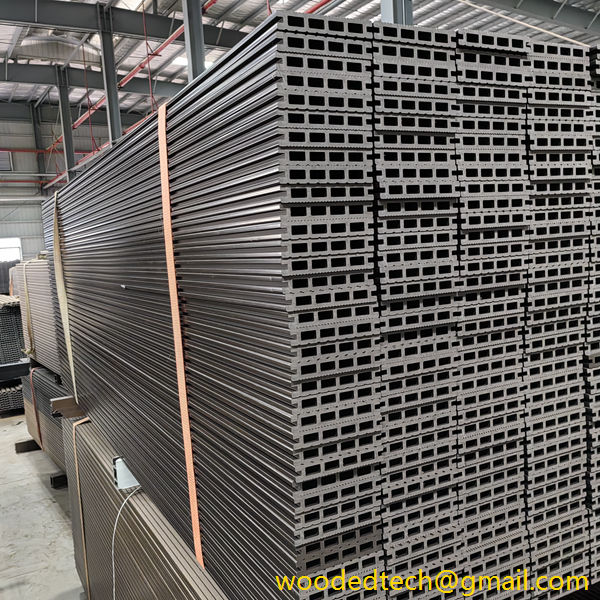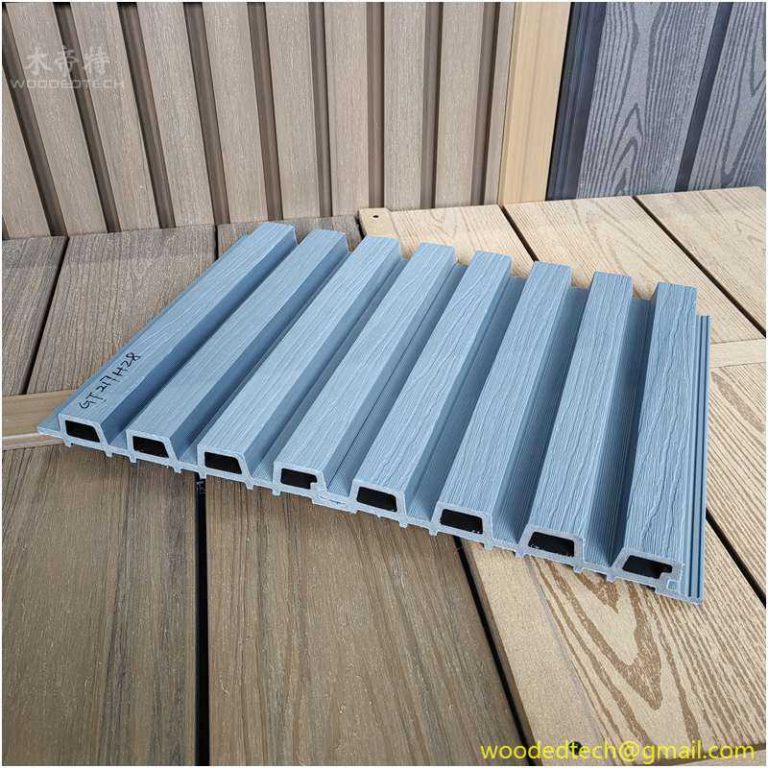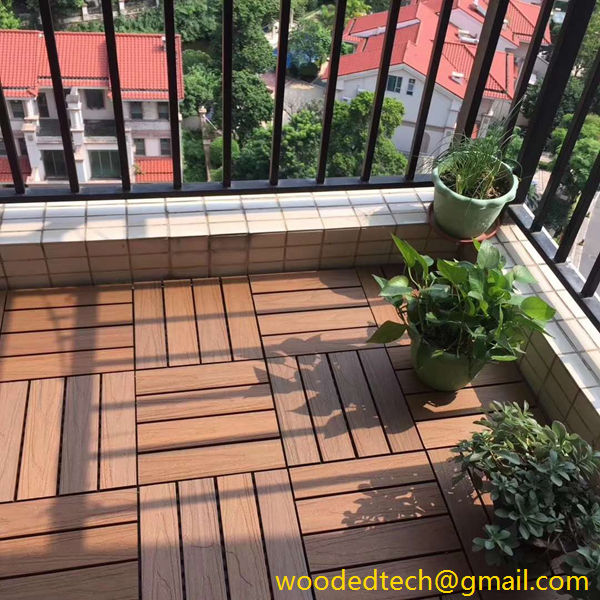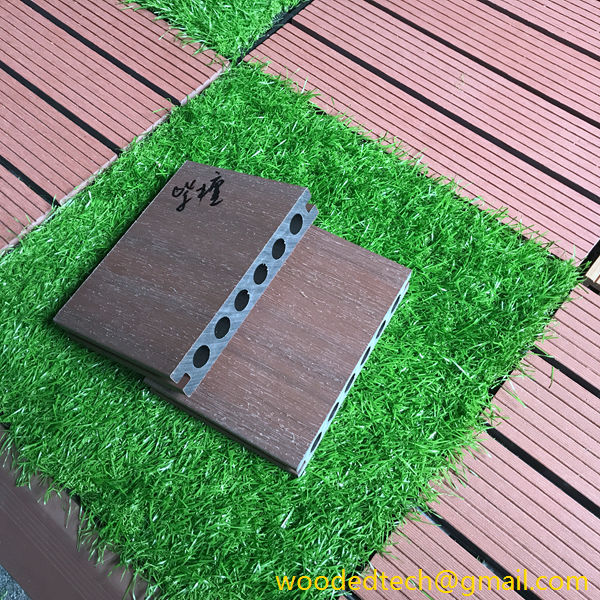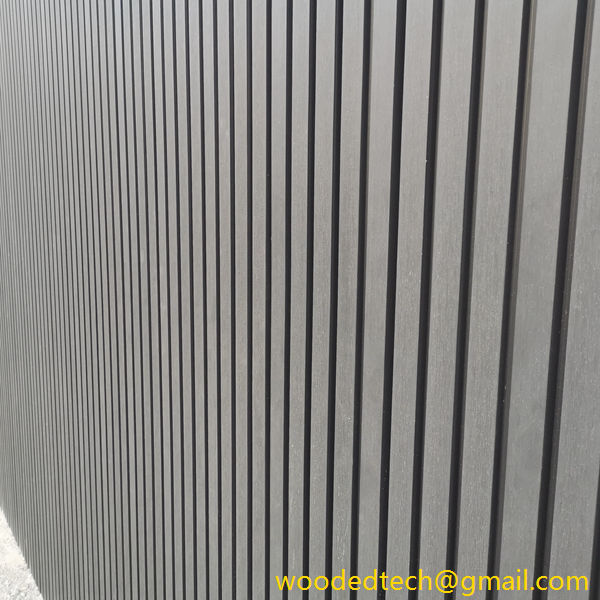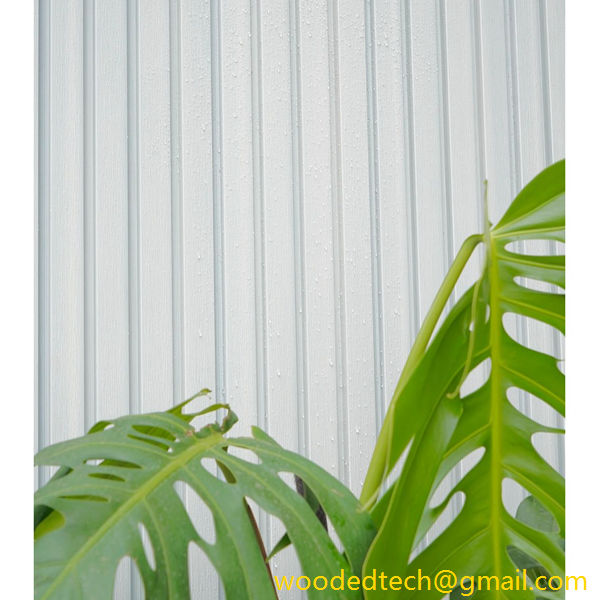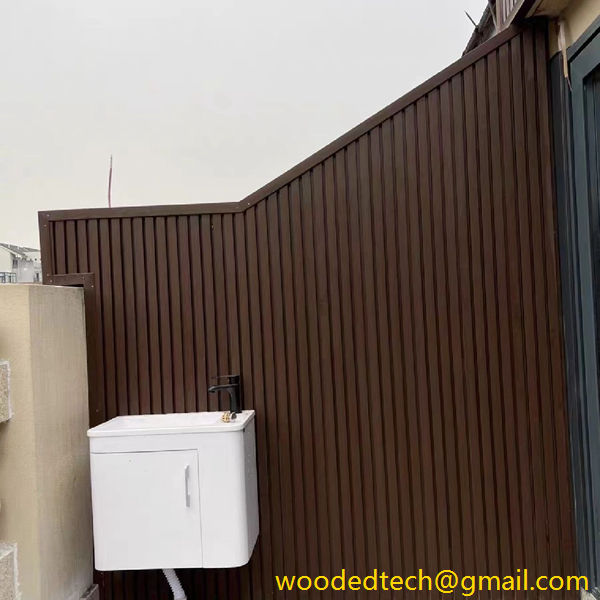Extruded Wood Composites: Understanding the Advantages of Extruded Wood Composites in Construction
Extruded Wood Composites: Understanding the Advantages of Extruded Wood Composites in Construction In recent years, the construction industry has seen a significant shift towards innovative materials that not only enhance the durability and aesthetics of buildings but also address environmental concerns. One such material gaining traction is extruded wood composites. These composites are a blend…
Extruded Wood Composites: Understanding the Advantages of Extruded Wood Composites in Construction
In recent years, the construction industry has seen a significant shift towards innovative materials that not only enhance the durability and aesthetics of buildings but also address environmental concerns. One such material gaining traction is extruded wood composites. These composites are a blend of wood fibers and thermoplastics, which are processed through an extrusion process to create a versatile building product. The benefits of extruded wood composites are numerous, but one of the most compelling advantages is the cost efficiency associated with their production, particularly in China.
China has become a global hub for manufacturing due to its ability to produce a wide array of materials at competitive prices. This cost advantage is evident in the production of extruded wood composites, where a combination of factors contributes to lower manufacturing costs. Understanding these factors can provide insights into why extruded wood composites are an increasingly popular choice in construction.
One major factor contributing to the cost advantage is the availability of raw materials. China has abundant resources of both wood and plastic materials, which are essential for producing extruded wood composites. The country has vast forested areas that provide a steady supply of wood fibers, often sourced from sustainably managed forests. Furthermore, China’s strong manufacturing capabilities allow for the efficient processing and recycling of plastic materials. This access to affordable raw materials reduces the overall production costs for manufacturers, allowing them to offer competitive pricing to consumers.
Labor costs in China also play a significant role in the cost effectiveness of extruded wood composites. The country has a large workforce that is skilled in manufacturing processes, often at a fraction of the labor costs seen in Western countries. This lower labor cost translates to reduced operational expenses for manufacturers, enabling them to invest in advanced technologies and production techniques that enhance efficiency and output. Consequently, the cost savings from lower labor costs can be passed on to consumers, making extruded wood composites an attractive option for construction projects.
Another contributing factor is the scale of production. China is home to some of the largest manufacturing plants for extruded wood composites, allowing for economies of scale that smaller manufacturers in other countries cannot match. The ability to produce large quantities of extruded wood composites not only lowers the per-unit cost but also ensures a consistent supply of materials to meet growing demand. This scalability is particularly beneficial for large construction projects that require significant volumes of building materials.
Additionally, China’s investment in infrastructure has greatly enhanced the logistics of transporting raw materials and finished products. Efficient transportation networks facilitate the smooth movement of goods from manufacturers to suppliers and builders, reducing lead times and associated costs. The well-established supply chain in China contributes to the overall cost efficiency of extruded wood composites, making them an appealing choice for construction companies looking to manage their budgets effectively.
The environmental benefits of extruded wood composites cannot be overlooked, particularly in a world increasingly focused on sustainability. These composites are often manufactured using recycled materials, which reduces waste and promotes a circular economy. The use of recycled plastics not only lowers costs but also aligns with global trends towards environmentally friendly building practices. Furthermore, extruded wood composites can be designed to mimic the appearance of natural wood while offering enhanced durability and resistance to weathering, pests, and decay. This combination of aesthetics and longevity makes them an appealing choice for builders looking to balance cost and performance.
Moreover, extruded wood composites provide significant advantages in terms of maintenance and longevity. Unlike traditional wood, which may require regular treatments and can be susceptible to rot and insects, extruded wood composites are engineered to withstand harsh environmental conditions. This durability translates to lower maintenance costs over the lifespan of a building, further enhancing the overall cost-effectiveness of using these materials in construction.
The versatility of extruded wood composites also contributes to their growing popularity in the construction industry. They can be used for a wide range of applications, including decking, cladding, fencing, and even furniture. This multifunctionality allows builders and architects to utilize a single material across various aspects of a project, simplifying procurement processes and reducing costs associated with sourcing multiple materials.
As the construction industry continues to evolve, the demand for cost-effective, sustainable materials is expected to grow. Extruded wood composites, with their unique blend of affordability, durability, and environmental benefits, are well-positioned to meet this demand. The cost advantages offered by China’s production capabilities will likely keep these materials at the forefront of construction innovations.
In conclusion, extruded wood composites present a compelling case for their use in construction, particularly in terms of cost efficiency. The combination of abundant raw materials, low labor costs, scalable production, and efficient logistics in China creates a perfect storm for affordable manufacturing. As the industry moves towards more sustainable practices, the benefits of extruded wood composites will become increasingly apparent, solidifying their place as a preferred material in modern construction. Builders and developers looking for cost-effective and environmentally friendly solutions should consider extruded wood composites as a viable option for their upcoming projects.

